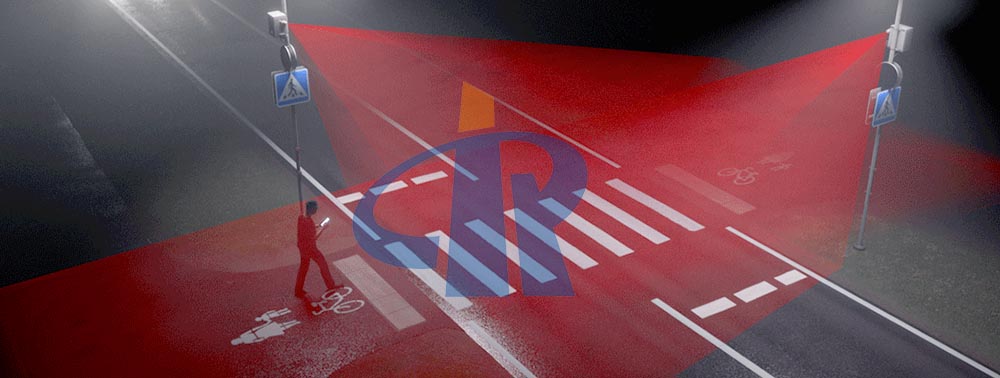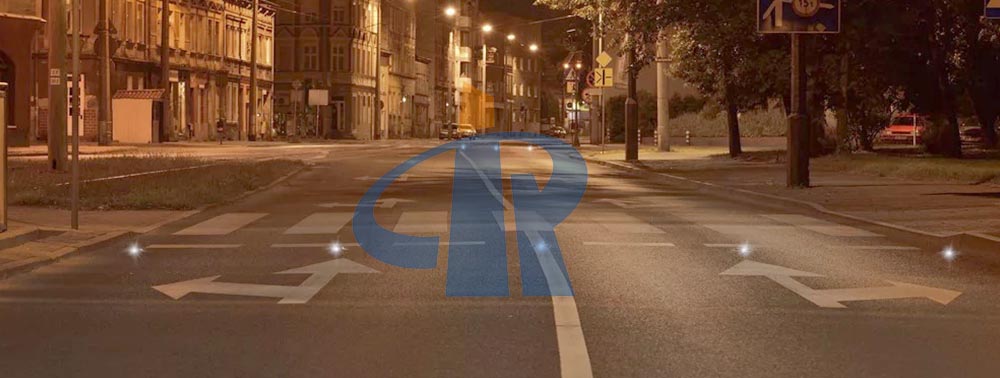1.
Solar Studs system optimization capability
Leveraging the Smart
Solar Studs urban approach to planning and overcoming transportation challenges relies heavily on collecting and processing vast amounts of data, while also addressing everyday challenges, legacy systems and conflicting business goals.
Optimization capabilities are critical to managing the complexity of urban issues as they help automate manual processes, maximizing efficiency and speed to store, retrieve and prioritize data.
Whether data comes from between government departments or IoT sensors on vehicles, on the road, or on track, effective data optimization can help municipalities differentiate and prioritize different tasks and then figure out the best way to address them way.

For example, Amsterdam-based public transport provider GVB uses optimization capabilities to manage a range of special situations, including disturbance situations, peaks in demand, and even driver preferences for each tram, bus and subway. By increasing
Solar Studs visibility, GVB can redeploy and reallocate resources more flexibly and efficiently to keep 1 million passengers moving smoothly.
Data for a smart
Solar Studs city should not be limited to the public transport network, so it is crucial to obtain data that can affect public transport from other sources such as surrounding towns, local events and even the weather.
The optimization capability enables authorities to react in real time, propose new solutions, and quickly adapt and absorb the vast experience and knowledge of urban planners.
2.
Solar Studs data concentration capability
Behind any major city is a large group of public and civil servants, as well as numerous private institutions and services, who work together to keep the city running. Often, this approach to operations leads to disruptions in the flow of information and the emergence of data silos.

Data silos are created when urban
Solar Studs data is generated and stored on siloed platforms, and other departments may not be able to access these silos and thus be unable to find useful data.
Ultimately, having the right data, running it through a centralized single platform to analyze information from the rest of the city, will help produce actionable scenarios. This interconnectivity is at the heart of any smart
Solar Studs city and is critical for integrating planning, operations and predictive analytics.
In Australia, Queensland Rail has adopted this model to unify its approach to railway management. Completed in 2016, the company's new management center, equipped with screens about 24 meters long, can display the entire city network, help it manage the growing number of trains, and manage the complexity of the city's rail network.
By better integrating its businesses, Queensland Rail can provide more dynamic timetables, smarter train allocation and more effective response to emergencies.
This integrated platform is the key to breaking down data silos, enabling effective communication between different departments, planning teams and employees. Real-time integration provides the impetus for continuous optimization.
3.
Solar Studs analysis capability
Today, transportation agencies have easy access to data about passengers, equipment, and infrastructure. Even so, many are struggling to realize the value of this data, but have failed to find ways to use that data to improve operations.
Solar Studs data alone is of no value unless it provides actionable insights that support decision-making.
By creating a
Solar Studs traffic data feedback mechanism, relevant personnel can collect data and quickly see the impact of decisions, so that results can be evaluated and further refined. For example, relevant personnel can analyze real-time data based on historical records covering the time buses have spent at scheduled stops to optimize service or further increase the duration of maintenance windows.

Advanced analytics facilitate deeper analysis of performance over longer time frames. Self-learning technology can feed specific pieces of data back to the planning team for review, allowing them to update the most critical parts of the data pool, improving the accuracy of the process.
Whether focusing on the impact of crowding on passenger behavior or the impact of special events on network usage, planners can link data to passenger travel and satisfaction to improve future transportation plans for
Solar Studs.


